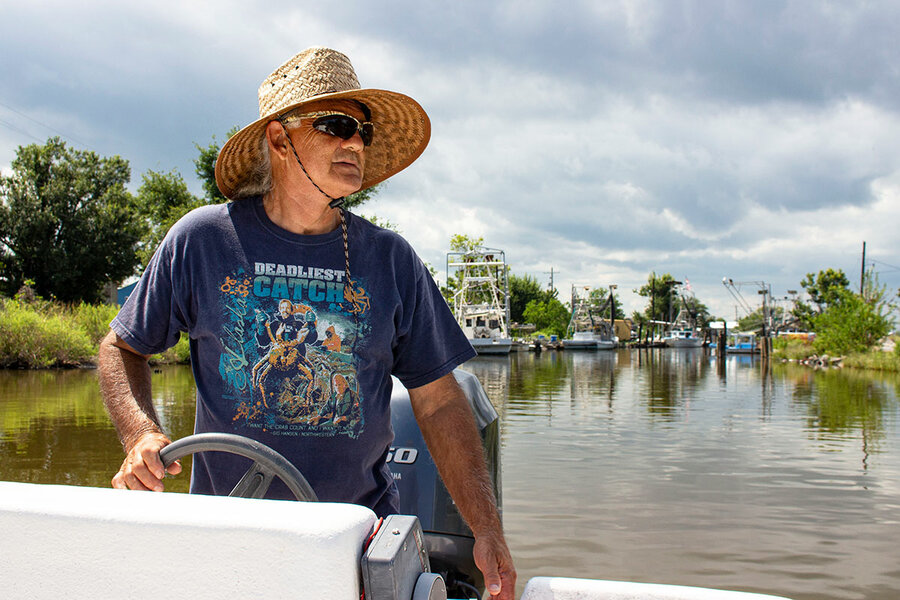Original publication by David Chen for abc.net.au on 6 December 2022
(David Chen)
Australia’s rich food bowl regions keep the nation fed but a year of storms and floods has repeatedly put them to the test and added to the soaring cost of fresh fruit and vegetables.
Climate-driven events are forecast to increase in the future but supply shortages experienced across the country this year could become a thing of the past as producers use their ingenuity and pivot towards indoor farming to shore up food security.
In a cavernous 4,000-square-metre warehouse on the Gold Coast, soon-to-be-planted lettuce seedlings will be safe from the elements.
Stacked Farms is in the process of fitting out high-rise trestles to grow crops under artificial light.
Chief commercial officer Michael Spencer said he expected interest in “vertical farming” to continue to grow due to increasing instability in climate.
“Whether it’s flooding or pests we seem to get one or the other rolling through each season and it is becoming more frequent,” he said.
“So indoor farming, or controlled environment agriculture as it’s known, I think you’ll see more advances in that space.”

(ABC Southern Queensland: David Chen)
Once complete in July next year, the company expects to produce about 400 tonnes of lettuces a year, supplying businesses including local high-end restaurants and fast-food outlets.
It is also close to finishing research and development rooms for investigating growing fruits and flowers indoors.
‘Grow anything, anywhere whenever’
Australia is about a decade behind vertical farms in the United States and Europe, but the University of Queensland’s Professor Paul Gauthier believes Australia can catch up.
He said the benefits of having a controlled environment would appeal to many farmers facing an unpredictable climate.
“The biggest advantage is that I can tell you … what’s going to be the weather inside my farm next year, in two years’ time, in five years, in 10 years, and 100 years,” Professor Gauthier said.
“The power of protected cropping is about controlling the environment and being able to be predictive about what we’re doing.”

(ABC Southern Queensland: David Chen)
Dr Gauthier said vertical farming and protected cropping had the potential to put an end to supply shortages of fresh food.
“You can grow anything, anywhere whenever you want,” he said.
“You’re not limited by time, you’re not limited by climate, and you’re not limited by the environment.”

(ABC Southern Queensland: David Chen)
Dr Gauthier said indoor farming could also help save exotic crops such as cacao.
“Things like cacao or coffee, vanilla, they’re going to disappear across the world because of climate change because it’ll be too hot, or not the right conditions,” he said.
“We can certainly grow them in protected cropping environments here in Queensland.”
Power and money
Vertical farming and protected cropping aren’t without their challenges, however.
Setting up the necessary systems requires significant investment, putting it out of reach for some farmers.
But for Barden Farms, in Queensland’s Lockyer Valley, about 100 kilometres west of Brisbane, the investment in protective cropping has paid off.
When floods swept through the region early this year, some farms were out of action for months.
But national manager Nathan Clackson said workers were able to get into its greenhouse just days after flooding in Gatton to harvest crops including basil and Asian greens.
“We literally stood in here in gumboots and picked our crop,” Mr Clackson said.
The greenhouse, he said, had been the most consistent part of the business in the past 12 months.

(ABC Southern Queensland: David Chen)
“This year, we had massive orders from some customers because their regular suppliers fell over,” he said.
“They couldn’t compete in the winter.”
Reducing need for water and chemicals
Susan Buitendag, the company’s quality assistance manager for Queensland and Tasmania, said the greenhouse also helped reduce water and chemical use.
“We don’t struggle with pests and diseases as much inside the tunnel. I think we’ve sprayed inside maybe once,” Ms Buitendag said.
And the greenhouse had also allowed them to produce a high-quality and uniform crop, which customers loved.

The amount of electricity required is another barrier to indoor farming and with recent spikes in prices, that has been a problem in Europe and the United States.
Dr Gauthier said Australia was well placed to deal with those challenges.
“One thing that Australia has in huge amounts is sunlight and I think there are a lot of advantages in using solar panels and … we can put a farm next to it,” he said.
“The grid is going to be challenged by vertical farming … we need to think ahead and include that into the infrastructure that we’re going to build for the future.”

(ABC Southern Queensland: David Chen)
Key to world food security
Data on the number of vertical farms and protected cropping structures in Australia is still being gathered by the University of New England, but according to industry groups the sector was growing by up to seven per cent each year.
Dr Gauthier said as the sector grew, Australia could play a major role in helping improve the world’s food security.
“We can grow a lot of food. Not necessarily for Australia, but also for the rest of the world — we could export even more and eventually help feed South-East Asia,” he said.
“We can grow any kind of food — that’s the advantage.”
For Michael Spencer, the world of indoor farming is one filled with opportunities.
“Nutraceuticals extracts, pharmaceutical grade quality products — we think there’s a lot of opportunities as we head towards new frontiers,” he said.
This story is part of a series published by ABC regional Queensland teams exploring the impacts and opportunities of climate change in their communities.




